

 PYL 106: Superposition of Sound
Waves
PYL 106: Superposition of Sound
Waves 



Superposition of Sound Waves
In Part II, there is only one speaker at the end of a tube, the second wave in question is a reflection of the first. We will look for incidents of resonance, situations in which the wavelength and length of the system "match up" leading to constructive interference and hence increased intensity. (Do not read "matching up" and being equal.) "Matching up" means different things depending on whether the tube has open ends, closed ends or one of each.
In Part III, we have again two speakers, but this time with slightly different frequencies. In this situation, the two waves may be in sync at one time and out of sync another time even if the position of measurement is not changed. We will look for variations in the intensity as a function of time (beats) rather than space.
Because we have a limited number of speakers, some groups may have to do Part II first.
Part I.
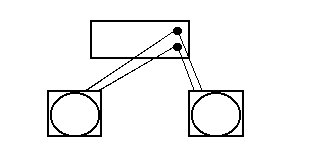
| Wavelength ( ) |
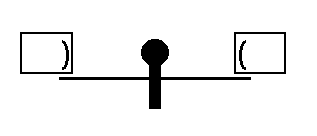
| Time (s) |
Position (cm) |
Path difference (cm) |
| 0-5 | 50 | 0 |
| 5-10 | 48 | 4 |
| 10-15 | 46 | 8 |
| 15-20 | 44 | 12 |
| 20-25 | 42 | 16 |
| ... | ... | ... |
Take data for at least one full minute. Moving the position 2 cm changes the path difference 4 cm. Why?
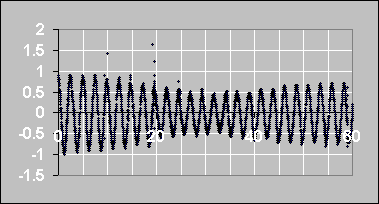
| Measured | Theoretical | |
| First maximum | ||
| First minimum | ||
| Second maximum |
| Measured | Theoretical | |
| First maximum | ||
| First minimum | ||
| Second maximum |
Part II.
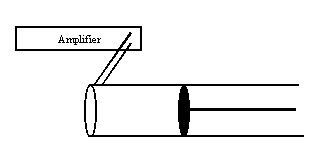
| Wavelength ( ) |
| Positions of Maximum Intensity ( ) |
| Wavelength ( ) |
| Positions of Maximum Intensity ( ) |
Part III.
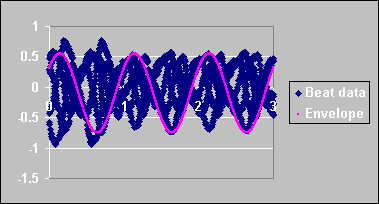
If it does not, see the instructor.
